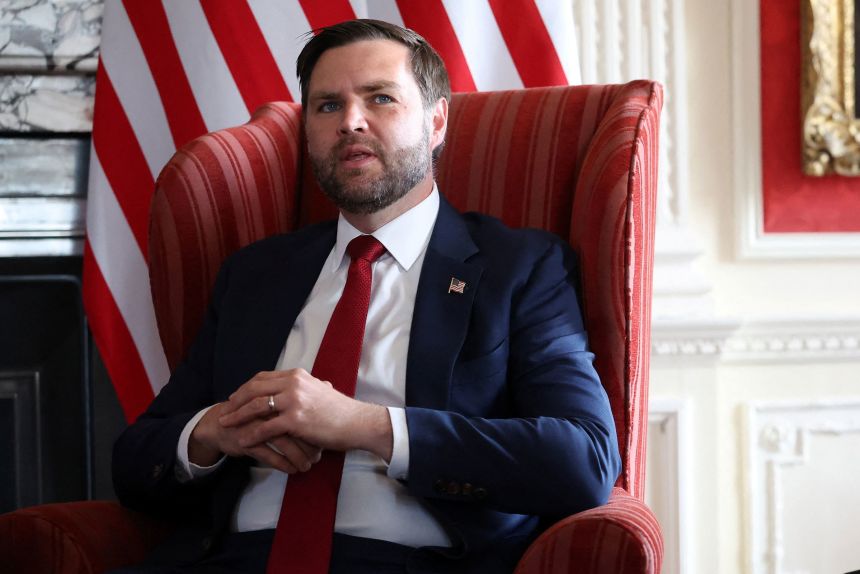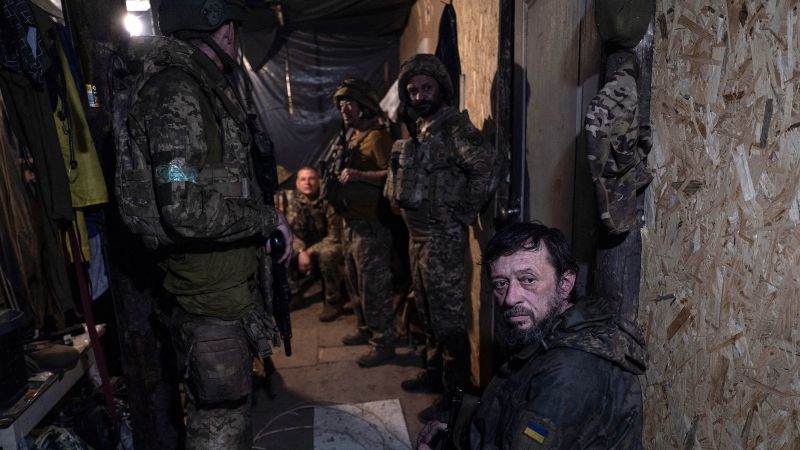Not for the first time, European capitals are gripped with apprehension that Russian President Vladimir Putin will surgically divide the transatlantic alliance as well as get everything he wants in Ukraine.
Ahead of the suddenly announced summit in Alaska on Friday between Putin and US President Donald Trump, one European diplomat, who declined to be named as they were not authorized to speak on the record, told CNN: “We are at risk of being a footnote in history.”
In part, European fears are down to just how little is known about what the Kremlin has proposed in order to halt the fighting in Ukraine. Putin has given no details. US envoy Steve Witkoff said nothing after his meeting with the Russian leader last Wednesday.
Trump himself said after Witkoff left Moscow: “It’s very complicated. We’re going to get some back, we’re going to get some switched. There will be some swapping of territories, to the betterment of both.”
The Europeans fear “the betterment of both” is a very unlikely outcome. There is zero indication that Putin has shifted an inch on his maximalist demands – either territorially or in terms of Ukraine remaining a punching bag for Russia without any security guarantees and with limits on the size and capabilities of its military.
“There is no sense in Paris, Berlin or London that seizing someone else’s territory matters to this US administration, and the (Europeans) find that deeply disturbing,” said the diplomat.
The UK, France, Germany, Italy and the EU felt obliged to say in a joint statement Saturday: “We remain committed to the principle that international borders must not be changed by force.” Poland and Finland also signed the statement.
They spent much of the day making the case to US Vice President JD Vance, who was about to start a vacation in the UK, and trying to get clarity on what would be negotiated.

The “Trump Administration has described Russian President Vladimir Putin’s reported demands for a ceasefire in Ukraine in four different ways since August 6,” according to the Institute for the Study of War (ISW), a Washington DC-based think-tank.
There is one thread common to all versions: that Putin will demand that Ukrainian forces withdraw from all parts of Donetsk region they still hold. This would include substantial cities: Slovyansk, Kramatorsk and Kostyantynivka.
“Conceding to such a demand would force Ukraine to abandon its “fortress belt,” the main fortified defensive line in Donetsk Oblast since 2014,” noted ISW, exposing Ukraine to further aggression down the line.
Mick Ryan, who tracks the Ukrainian conflict in his Futura Doctrina blog, said Sunday that “Ukraine, more than anyone, understands that ceded territory would then be used as the launch pad for future Russian aggression.”
The parallels with the Munich Agreement between British Prime Minister Neville Chamberlain and Adolf Hitler in 1938 are striking. Even after the Nazis invaded Czechoslovakia, Chamberlain said he had been assured by Hitler: “This is the last territorial claim which I have to make in Europe.”
Unknown: whether Putin will persist in his demand that Russia also be ceded control of two other Ukrainian regions – Kherson and Zaporizhzhia – whose regional capitals are still in Ukrainian hands. Or whether he would accept a freeze along the current frontlines in these regions, part of which run through open countryside and would be difficult to monitor.
It’s also unclear whether Putin will demand Ukraine recognize Moscow’s sovereignty over Crimea – and if so, what he might offer in return. Zelensky has already pointed out that the Ukrainian constitution prevents giving up any of its territory.
There is also a question over the sequence of events, with the Europeans regarding a ceasefire as the precondition for any talk about territory. “The current line of contact should be the starting point of negotiations,” the European leaders said Saturday.
Another unknown: whether the Kremlin will agree to some sort of European “reassurance force” that would guarantee the ceasefire. All the indications to date are that it will not permit any NATO member to contribute to such a force.
The European leaders said in a statement Saturday that there must be “robust and credible security guarantees that enable Ukraine to effectively defend its sovereignty and territorial integrity.”

But experience suggests the Europeans may be whistling in the wind, for all their efforts to flatter and pacify Trump.
“Since his inauguration in January, the Europeans have bought unlimited passes for the Trump roller coaster ride. They have climbed on, strapped themselves in, and regularly screamed out in terror but failed to get off,” said Rym Momtaz at the Carnegie Endowment for International Peace, a Washington DC-based think tank.
They are paying the price for not developing a strategic identity independent of US apron-strings, as French President Emmanuel Macron has been urging for eight years.
As much as they want to support and protect Ukraine, the Europeans are reduced to pleading – and guessing what might be decided in their absence.
EU foreign policy chief Kaja Kallas said Sunday that “any deal between the US and Russia must have Ukraine and the EU included, for it is a matter of Ukraine’s and the whole of Europe’s security.”
To Ryan, a former Australian general who now tracks the conflict, Europe’s predicament is much more hazardous than it should be, because – he says – the US itself has no Ukraine strategy.
“There is just anger, impulses, social media posts, multiple course-changes in direction and an underpinning desire from Trump to win the Nobel Peace Prize.”

